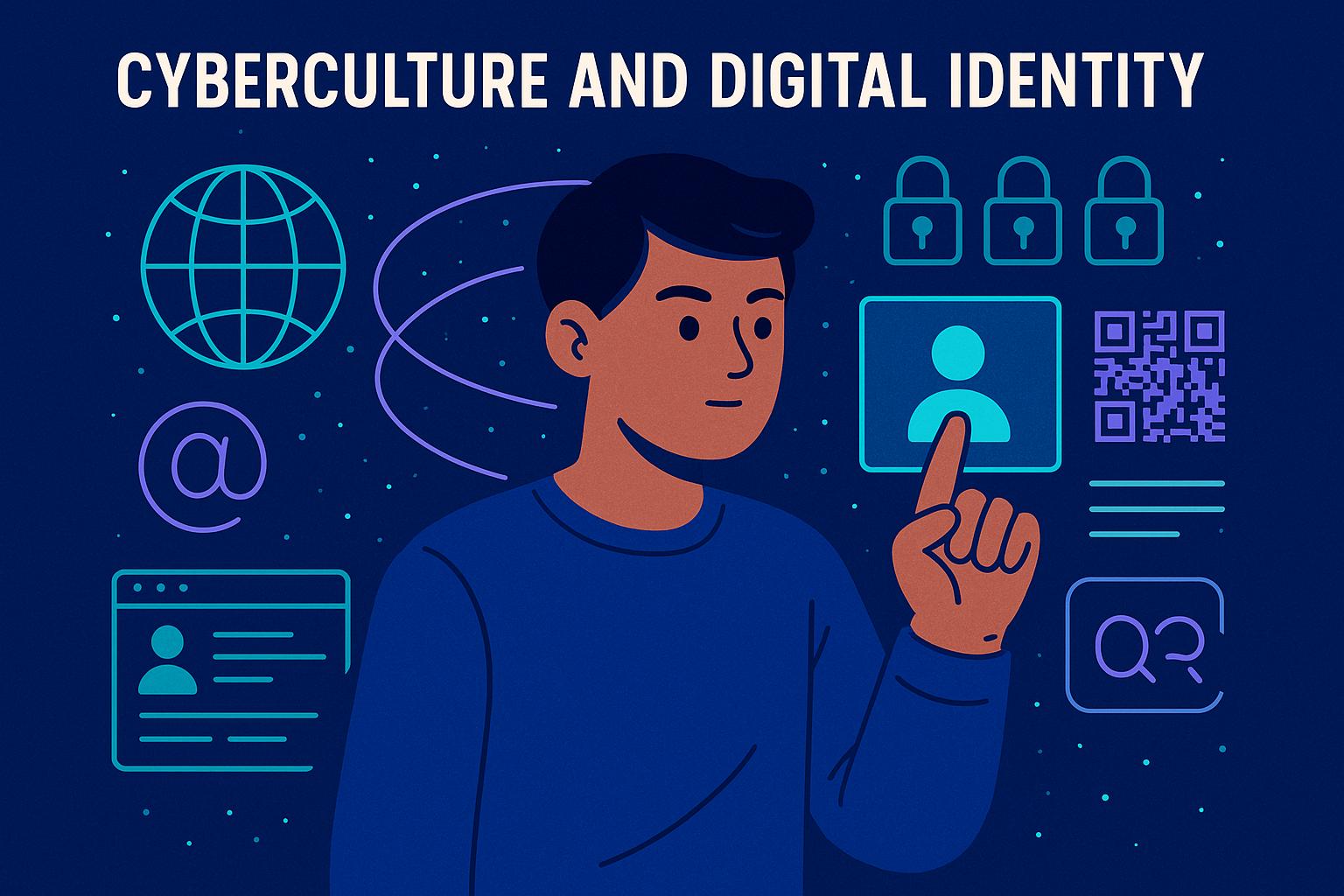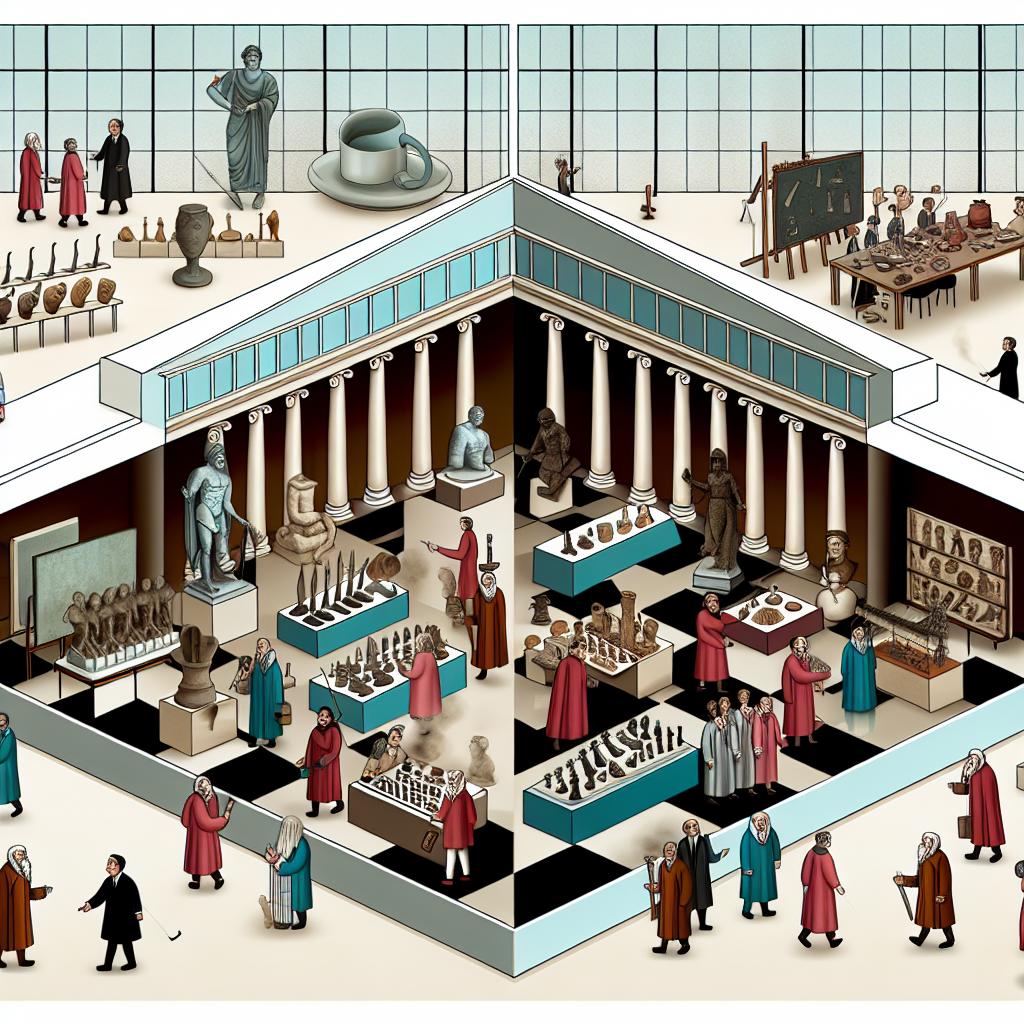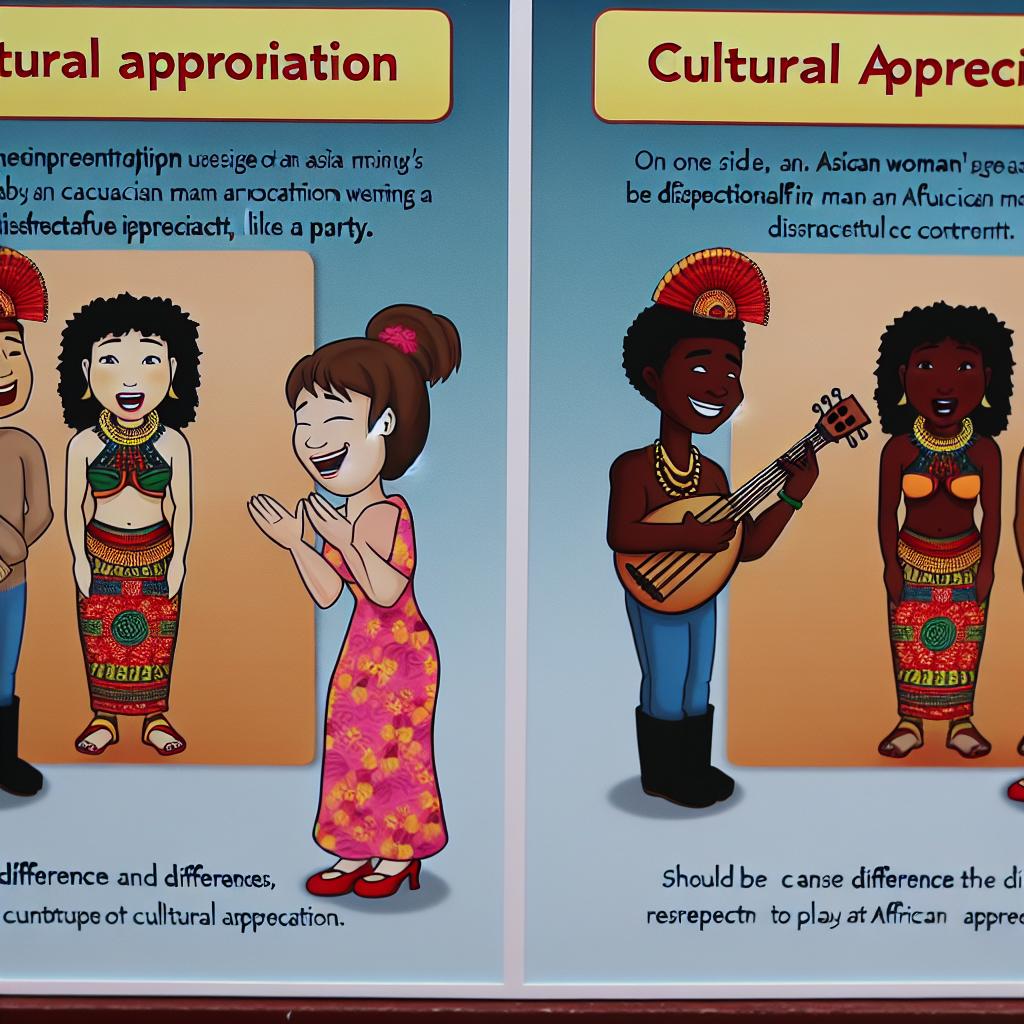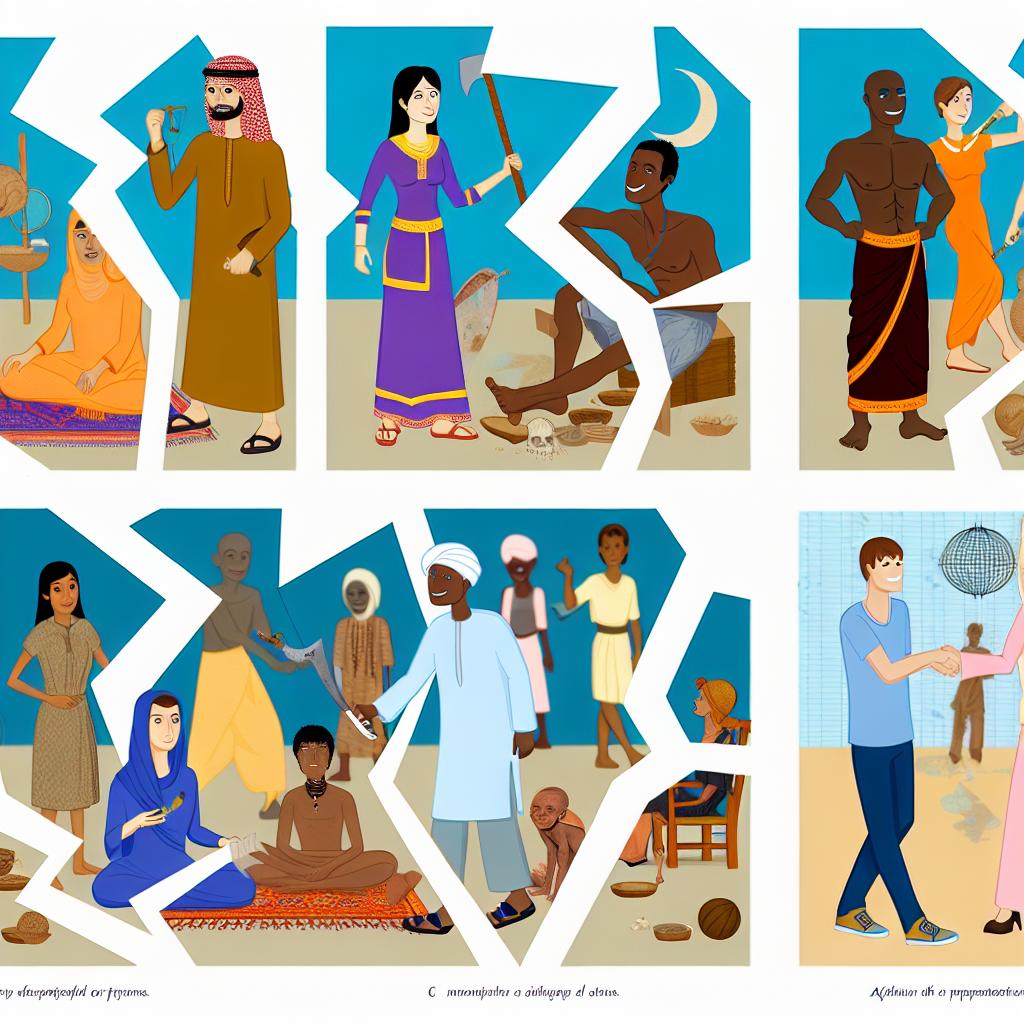Understanding Cyberculture
Cyberculture refers to the cultural practices and phenomena that evolve around and within the realm of the internet and digital technologies. As digital spaces expand, they foster unique communities, languages, norms, and values. The rise of social media platforms, forums, and virtual worlds has greatly contributed to the development of cyberculture. These spaces provide users the freedom to create and share content, express themselves, and connect with others on a global scale.
Historical Context
The origins of cyberculture can be traced back to the advent of the internet in the 1980s and 1990s. Early users formed tightly-knit communities centered around bulletin board systems (BBS) and Usenet groups. As technology advanced, the evolution of the World Wide Web in the mid-1990s and the emergence of social media platforms in the 2000s played a pivotal role in shaping contemporary cyberculture. These developments amplified how users interact, share information, and create digital content, forming a rich tapestry of cultural exchanges that transcend traditional boundaries.
The progression from basic text-based communications to dynamic multimedia interactions enabled by broadband and mobile internet profoundly influenced cyberculture. With the birth of widely accessible web forums and social networking sites, such as MySpace, Facebook, and Twitter, individuals not only participated in but also shaped these cultural landscapes.
Characteristics of Cyberculture
Cyberculture is characterized by several distinct features that make it unique compared to traditional cultural forms:
Interactivity: Unlike traditional media forms, digital platforms allow for two-way communication, enabling users to actively participate and contribute to content creation. This interaction fosters a more engaging and inclusive environment where users are not mere consumers but also creators with the power to influence and redefine digital landscapes.
Anonymity: Online environments often afford users anonymity, which impacts how individuals interact and present themselves. Anonymity can allow for greater freedom of expression and experimentation with identity but also presents challenges such as a lack of accountability and the potential for malicious behaviors.
Global Reach: Digital platforms have a global presence, reducing geographical barriers and fostering international connections. This characteristic enables the exchange of diverse cultural ideas, increasing cross-cultural interactions and collaboration and fostering a sense of a global community.
Rapid Evolution: Cyberculture evolves quickly as new technologies and platforms emerge, constantly reshaping digital interactions. This rapid change requires users to continuously adapt to new ways of communication, technology, and evolving norms within these spaces.
Digital Identity
Digital identity is a key component of cyberculture, encompassing the information and characteristics that define an individual within digital spaces. It includes usernames, avatars, social media profiles, and other virtual representations of self. In digital spaces, people curate how they are perceived, choosing what aspects of their personality or interests they wish to emphasize. This self-crafting creates a complex interplay between personal and shared online spaces.
Components of Digital Identity
There are several elements that contribute to digital identity, crafting the multifaceted personas individuals present online:
Online Presence: This includes the accounts, profiles, and personal data shared across digital platforms, which collectively form an individual’s digital footprint. Through this online presence, people can influence how they are perceived, join communities, and engage publicly or privately in digital conversations.
Reputation: Online behaviors and interactions contribute to how individuals are perceived by others in digital communities, affecting their digital identity. Positive or negative interactions, endorsements, and the content shared contribute to the digital reputation an individual builds over time.
Authenticity: The challenge of verifying one’s identity online poses complexities, with users often balancing between personas and their real-world selves. Authenticity in digital identity demands navigating the tension between presenting an idealized self and remaining truthful to one’s real-world identity.
Implications of Digital Identity
Digital identity has profound implications for privacy, security, and self-expression, necessitating careful navigation of digital spaces:
Privacy: Protecting personal information is crucial as digital identities are often susceptible to breaches or misuse. Users must remain vigilant about the information they share online and understand the privacy settings of platforms to protect their identity.
Security: Ensuring the security of digital identities requires robust measures to prevent identity theft and fraud. These might include using strong, unique passwords, enabling two-factor authentication, and regularly updating security software to guard against cyber threats.
Self-Expression: While digital spaces offer new avenues for self-expression, managing multiple identities can sometimes lead to fragmentation or identity confusion. Users might find themselves toggling between various personas across different platforms, which can influence personal identity development.
Conclusion
Cyberculture and digital identity are ever-evolving aspects of the internet age that necessitate a thorough understanding of their development, characteristics, and implications for navigating and participating effectively in digital spaces. As technology continues to advance, the interplay between cyberculture and digital identity will likely become even more intricate and influential in shaping individual and collective experiences in the digital realm. These dynamics underscore the necessity for ongoing reflection about one’s digital footprint, participation in digital communities, and awareness of the rapid technological changes reshaping the cultural landscapes of today and the future.



